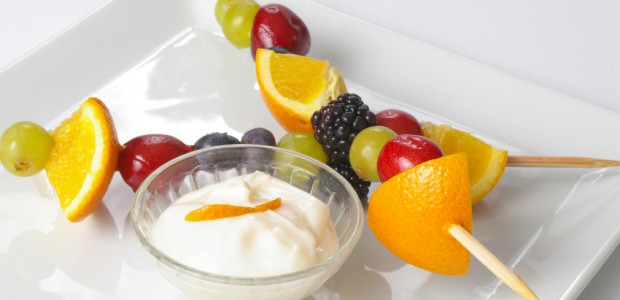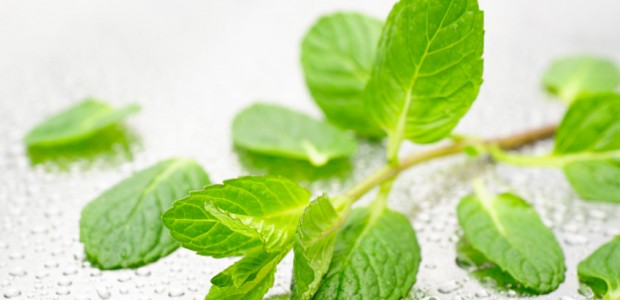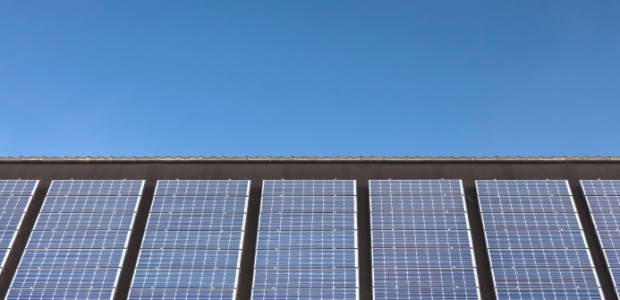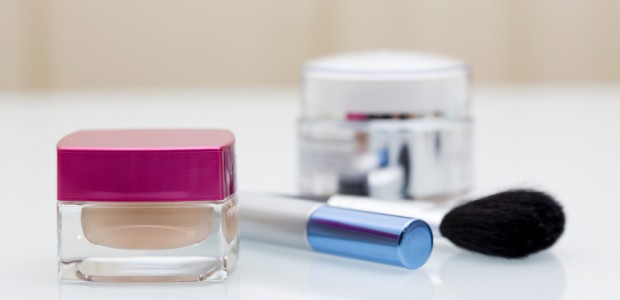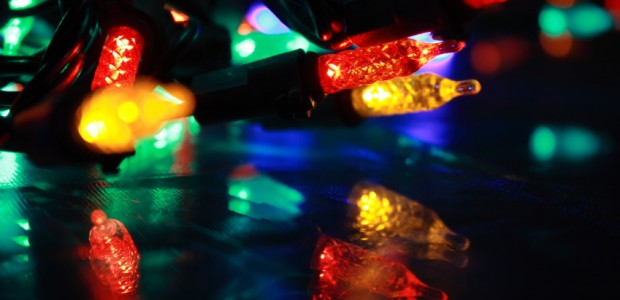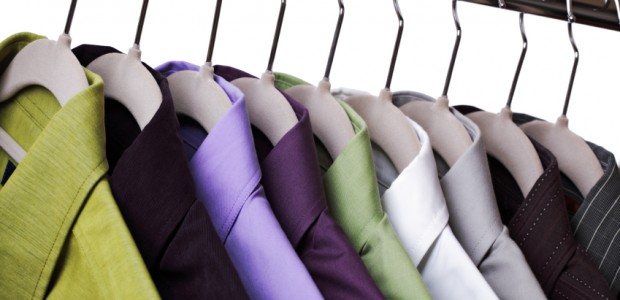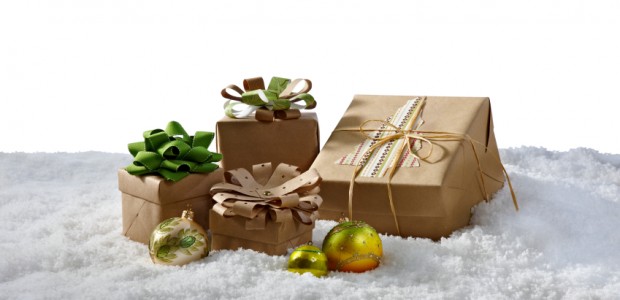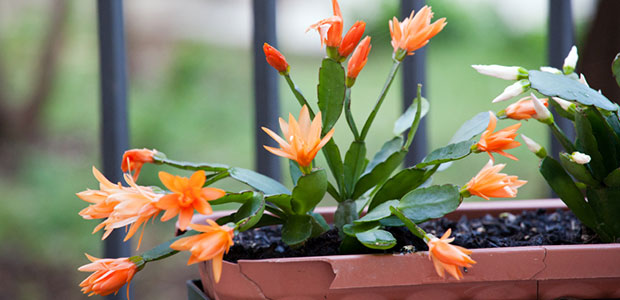Busy moms with hungry kids need snacks that are appealing and can be put together quickly. Eco-friendly snacks can be healthy and simple to make. The best eco-friendly snacks have minimal packaging. Since over-packaging of food is a major contributor to landfill waste, purchasing items in bulk will help reduce packaging.
Other ways to reduce landfill waste include choosing foods that come in recyclable packaging or that are made from recycled packaging. Sourcing and buying local foods is another factor in making snacks more eco-friendly. During the spring and summer months, farmer’s markets are an ideal place to find fresh, seasonal produce. While not every farmer is certified organic, many do follow organic practices, but choose not to be certified. Local eggs are also generally easy to find as there is an increased interest in raising chickens. Based on these considerations, here are six suggestions for healthy, eco-friendly snacks everyone will love.
Eggs. Eggs are a fantastic source of protein. Hard-boiled eggs will keep for up to a week in the refrigerator. Hard boiled eggs can be served whole or sliced. These eggs can also be turned into deviled eggs in under 15 minutes.
Meat & cheese Roll-Ups. Pre-packaged foods aimed at children often come in brightly colored boxes. The packaging for these products is excessive and the food is full of additives. Creating a plate of sliced cheeses and meats gives you control over the ingredients. Local, organic cheese and nitrate-free sliced meats make this option a hit with kids and parents.
Fruit & Yogurt Dip. Fresh, local fruit with a yogurt-based dip is a great choice in the summer and early fall months when fruit is abundant at farmer’s markets.
Veggies with Nut Butters. Carrots, bell peppers, celery and more go beautifully with nut butters. If nut allergies are a concern, seed butters can be substituted.
Nuts & Dried Fruit. Another nut based snack is chopped nuts with dried fruit. This treat delivers sweet, crunchy and salty flavors with every bite.
Snack Platter. Kids on the move need a variety of foods as well as high quality fats and nutrients. Arranging several of the above items on a tray provides kids with several tempting options. Uneaten foods from snack trays can be covered and placed in the refrigerator for future snacking.
When choosing eco-friendly snacks there are several questions to consider. Is it grown in a sustainable way? How far does it have to travel between growing and consumption? How much processing energy does it take to create? How much packaging does it have?
Many eco-friendly snacks can be made ahead which makes feeding busy families even easier. Homemade mozzarella, slow cooker applesauce and homemade yogurt may sound complicated and time consuming, but they are actually quite simple and yield far better flavor than store bought varieties. Families get busier every year, but just because families are busy, doesn’t mean healthy, eco-friendly foods need to be left behind.
